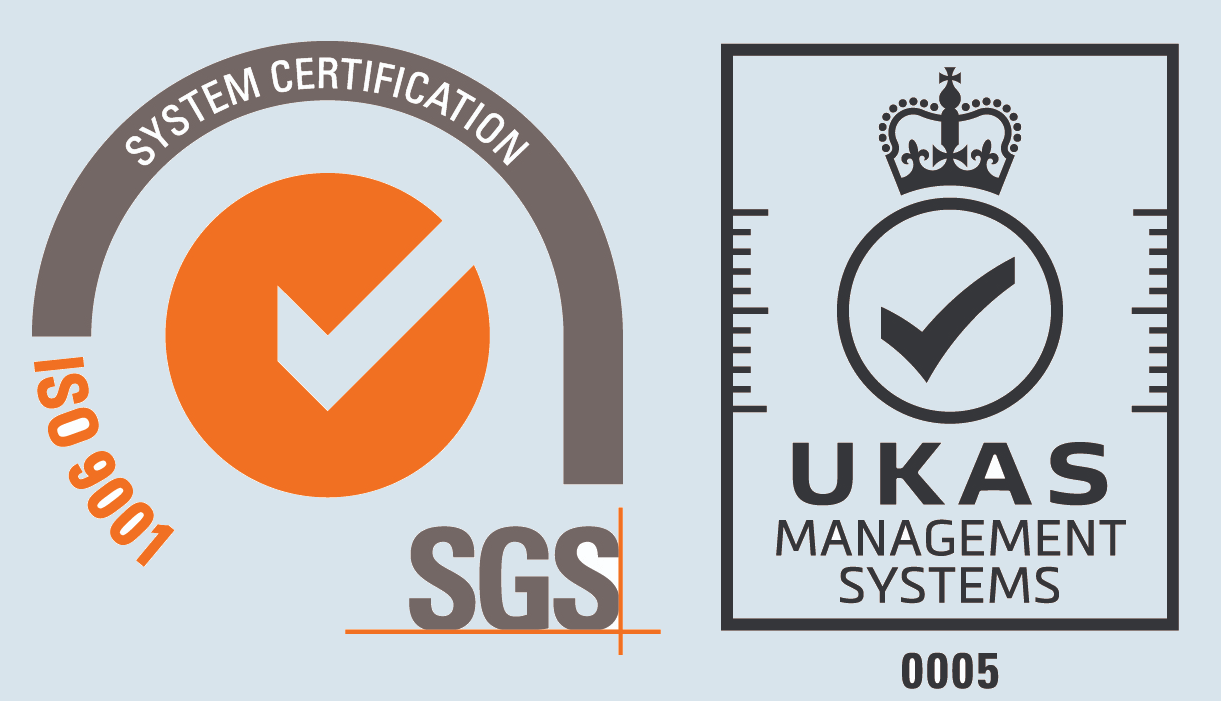
Copper Metal Glossary
Naval Brass
A nominal 62% Copper / 37% Zinc Brass that has a 1% Tin addition to improve its corrosion resistance in marine environments.
NES
The prefix for the, now obsolete, Naval Engineering Standards. It replaced DGS and in turn was replaced by Defence Standards.
Related terms: DGS
Nickel Silver
Copper, Nickel and Zinc alloys. Their Copper content is similar to that of Brasses but up to 20% of the Zinc is replaced by Nickel. Silvery white in colour they have good corrosion resistance and remain “springy” at moderate temperatures.
Noble
A term used to indicate the corrosion resistance, or the lack of it, of a material. If metals are listed in order of their general corrosion resistance, most resistant at the top and going down to the least at the bottom, the higher a metal is in the list the more “noble” it is said to be. When two different metals are connected in a corrosive environment then the least “noble” will be attacked preferentially. This effect can be used to protect structures from corrosion buy using a “sacrificial anode” of a less noble metal.
How can we help?
Contact us today to see how Capalex can help
solve your challenges.
 Capital Aluminium Extrusions Limited
Capital Aluminium Extrusions Limited
Cleator Moor, Cumbria,
CA25 5QB, UNITED KINGDOM.
